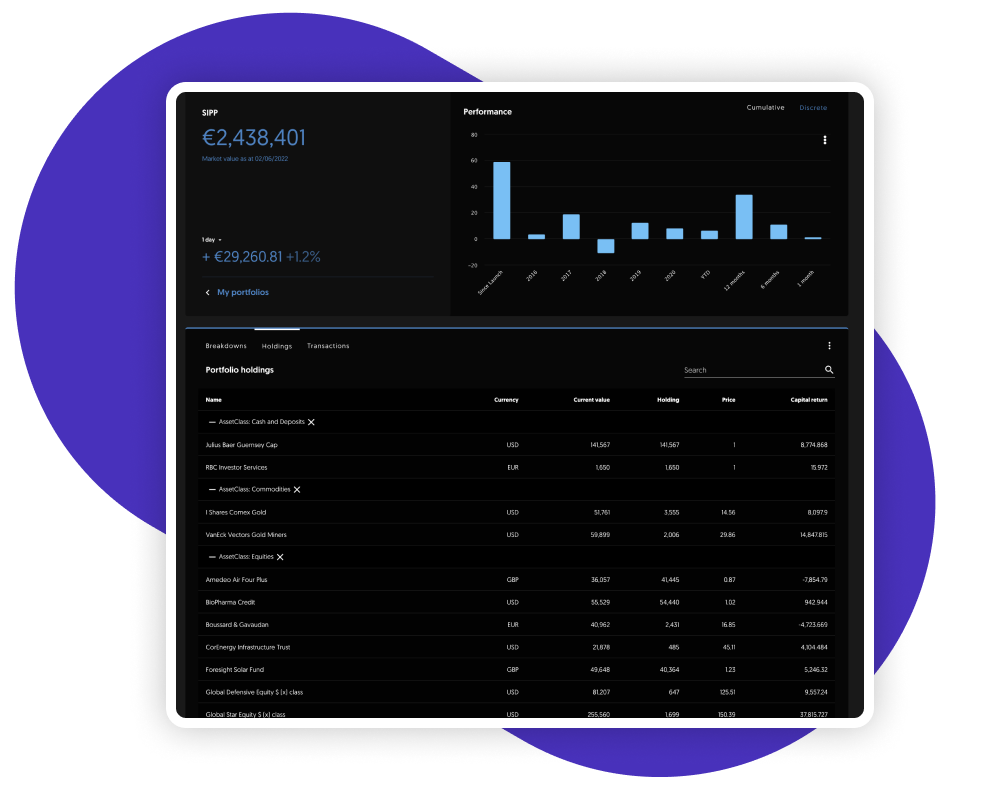When choosing the right technology for software development it’s important to build an unrestricted roadmap, without legacy limitations
Key points
- Invessed is built on an open and modular architecture using APIs and microservices
- This allows the technology to be flexible enough to meet our customers’ needs now and in the future
- Open architecture helps us avoid legacy limitations and risks
- Technological innovation relies on fast iterations and agile methodologies

Open vs closed architecture
In hardware or software, when a particular manufacturer does not share or open their property’s specifications to other manufacturers, it is considered a “closed” architecture system. Meanwhile, “open architecture” is hardware or software whose specifications have been publicly released, meaning that other manufacturers or developers can add, change or replace components of the technology to serve their needs.
Designing independent rooms within the same house
Invessed’s decision to rely on open architecture enables us to build our Client Portal platform using microservices - a collection of services that evolve independently from the core software and each other. These microservices interact with the overall system through Application Programming Interfaces (APIs), but retain their independence. This allows our developers to assess, adjust and optimise each bespoke microservice for a client, without disrupting the whole platform. If a breakdown happens due to one microservice, the integrity of the whole is unaffected.
The nature of Invessed
Open architecture makes adding, upgrading, and swapping components easy, which allows us to optimize our Asset and Wealth Management Client Portals iteratively and continuously. The Invessed platform is built on the Microsoft Azure Cloud, which offers security as well as scalability while allowing us the freedom to integrate outside components. For example, we can source and incorporate data from CRMs, investment repositories and other systems outside of Azure.
Side-stepping the legacy risk
“Legacy” technology means proprietary hardware or software that is technically outdated, even if it is still in use. Many of our clients cite legacy investment and finance systems as a key barrier to improving their Client Portals. Some of these systems have been in use for decades, and represent the most common risk associated with closed architecture.
Another problem with legacy tech is that it struggles to integrate with emerging innovations, for example, Cloud computing or Machine Learning, and it becomes steadily more irrelevant and isolated. With open architecture, we have effectively future-proofed our platform and can evolve it ad infinitum on the open Microsoft Cloud.
Innovation requires agility
Innovation means continually maximizing efficiency and it depends on the ability to modify the underlying technology. With Microsoft Azure’s open architecture Invessed can:
- Easily integrate with external services, databases, and file systems.
- Extend and improve our web apps and solutions.
- Develop, test and evolve microservices independently within the Invessed platform.
- Rely on interoperability thanks to the incorporation of open standards.
- Depend on real-time and elastic scalability.
Click here to request a demo so we can show you the Invessed platform in action.

